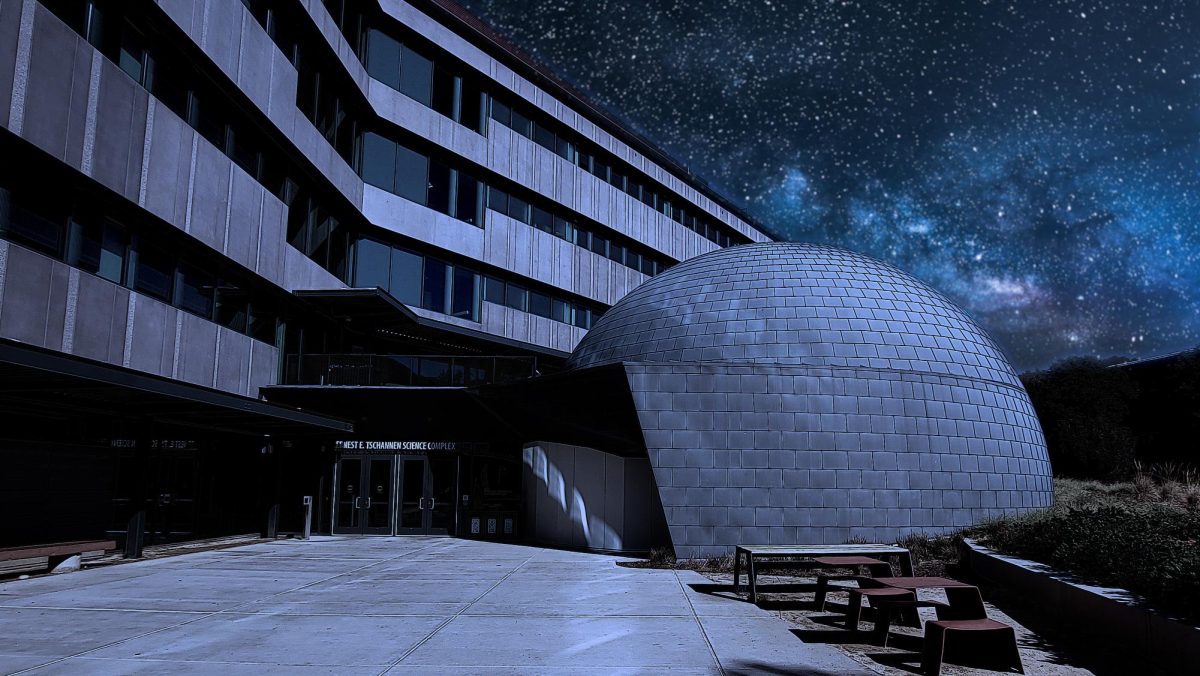GAME THEORY: Developers need to be more creative with ports
March 28, 2012
Being able to download classic games and arcade favorites on consoles has been a breath of fresh air. It allows gamers to relive the old days and see how video games have changed over time.
Developers have been hard at work releasing as many of these classics as they can but have allowed innovation to take a backseat. Playing these old games is fun and nostalgic but this should not stop developers from adding and making the old games better.
When “Resident Evil 4” was released on Xbox Live, I was ready to download it because it’s my favorite game. It also was supposed to have high-definition graphics, which intrigued me further.
The game was exactly how I remembered it. Instantly I was transported back to when I was in high school playing it for the first time.
However, the HD facelift didn’t help because it looked like a botched job.The problem with adding HD graphics to games not made for them is the visuals not in focus become smeared and unrecognizable. Trees blend together and instead of leaves on the trees, it looks like an ugly Christmas sweater pattern of brown and green.Even with that problem, the game is still a classic. But it makes me want more.
Why stop with just releasing the same game, which came out years ago, when the opportunity is there to add content and improve it?
Making exact duplicates is much cheaper and faster to do. But when there is the chance to make it better, developers should take the initiative and upgrade it.
When “Resident Evil 4” was ported to the PlayStation 2, Capcom added new missions and new characters to play as.
So when it was downloadable for the Xbox 360, I was hoping to see what other new things would be offered and instead it was the same game released on the PlayStation 2.
Gamers deserve better. Instead of capitalizing on the best of an old game, developers should expand and make the game worth more than just reliving an old favorite.
Thankfully developer Ubisoft took that initiative and put it to good use.
“Teenage Mutant Ninja Turtles: Turtles in Time” was an arcade game that came out in 1991. Ubisoft remade it into “Teenage Mutant Ninja Turtles: Turtles in Time Re-Shelled” and showed what can be done with old arcade games.
Instead of a replica, Ubisoft gave the game upgrades in looks and new game modes. The old graphics were treated with vibrant and flashy colors, which shine greatly in HD.
Three-dimensional physics were added, so the camera now moves in 3D rather than two. The gameplay is the same, but when the game looks better, the gameplay feels new.
There were also new modes, such as survival, where players would fight with limited lives and quickplay for players just wanting to fight for points on leaderboards.
The music and the voice acting were also upgraded. Every line was new and voiced by different voice actors so each character had their own sound. The music was updated to a more upbeat techno feel that matched the fast gameplay.
Ubisoft took its time with looking at what “Teenage Mutant Ninja Turtles: Turtles in Time” used to be and how it could be better and new.
Nintendo did something similar with “The Legend of Zelda: Ocarina of Time” by completely remaking the graphics for release on the Nintendo 3DS. The game looks fresh and if people didn’t read the title, they would think it’s a new game.
What Capcom did wrong with “Resident Evil 4” is instead of using a new graphics engine they slapped HD on an engine that shouldn’t be in HD.
Adding HD may cost more and take more time, but the product is vastly superior. Developers should have the same mentality remaking classics that they do when making new games. These classics were great. When released years later, they deserve something to make them better and stand out, like better graphics, gameplay or both. With new games innovating the way people play them or incredible graphics, classic games can’t stand up to them with nostalgia alone.
Nathan Mendelowitz can be reached at [email protected]


























































































































